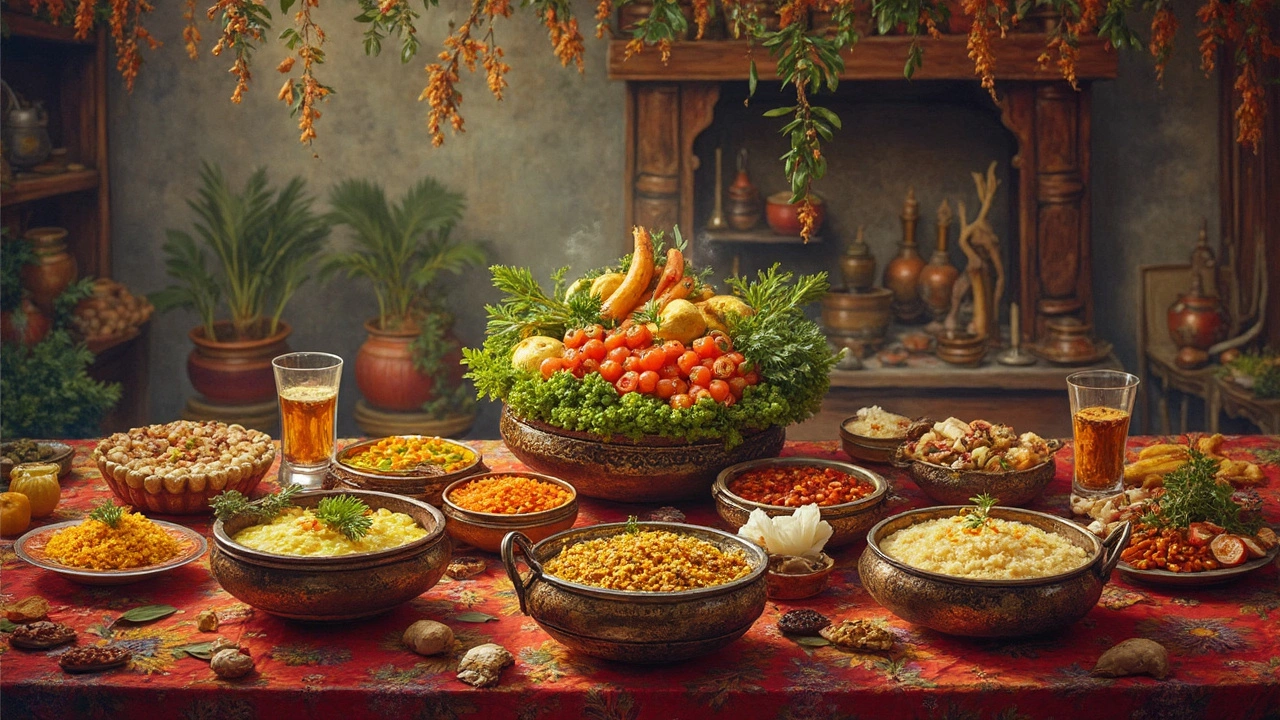Vegetarian Diet: Simple Tips, Recipes & Health Benefits
Thinking about going vegetarian or just want to add more plant‑based meals to your menu? You’re not alone. Millions are switching to a vegetarian diet for health, flavor, and even the planet. Below you’ll find straight‑forward advice you can use right now, plus quick Indian‑style recipes that prove veggies can be just as satisfying as meat.
Why Choose a Vegetarian Diet?
A vegetarian diet can lower cholesterol, help control weight, and give you more energy. The secret is loading up on fiber‑rich beans, lentils, and fresh veggies while keeping an eye on protein. Indian dishes like dal, paneer, and chickpea curries make it easy to hit your protein goals without feeling hungry.
Studies show people who eat more plant foods tend to have lower rates of heart disease and type 2 diabetes. That’s because vegetables are packed with antioxidants, vitamins, and minerals that support a healthy immune system. Plus, swapping heavy cream for low‑fat yogurt or coconut milk can cut calories without sacrificing the creamy texture you love.
Quick Vegetarian Meal Ideas
Here are three no‑fuss meals you can throw together in under 30 minutes:
1. Spicy Lentil Soup – Use red lentils, tomatoes, cumin, and a pinch of garam masala. Add a handful of chopped spinach at the end for extra greens. Serve with whole‑grain roti for a complete bite.
2. Paneer Stir‑Fry – Cube paneer, toss with bell peppers, onions, and a splash of soy sauce. Finish with fresh cilantro and a squeeze of lemon. Pair it with brown rice or quinoa for a balanced plate.
3. Chickpea Curry (Weight‑Loss Friendly) – Sauté onion, ginger, and garlic, then stir in canned chickpeas, diced tomatoes, and a mix of turmeric, coriander, and a dash of chili powder. Let it simmer until thick, then garnish with fresh mint. This dish is low in calories but high in protein and fiber.
If you’re craving something sweet, check out our post on “Which Indian Sweet Is Healthy?” It shows how to enjoy traditional mithai with lower sugar or jaggery swaps, so you won’t feel deprived.
Keeping a vegetarian diet interesting is all about variety. Rotate beans, lentils, tofu, and dairy substitutes throughout the week. Experiment with spice blends – a pinch of fenugreek or a few curry leaves can turn a plain veg stir‑fry into a flavor bomb.
When you plan your meals, aim for a colorful plate: at least three different colors of vegetables, a protein source, and a whole grain. This visual cue helps you get a range of nutrients without overthinking each ingredient.
Finally, don’t forget to stay hydrated. Herbal teas like ginger or mint not only aid digestion but also add a comforting ritual to your vegetarian routine.
Whether you’re new to vegetarian cooking or a seasoned home chef, these tips and recipes will make your meals tasty, nutritious, and easy to prepare. Dive into the posts listed under the vegetarian diet tag for more ideas, and start feeling the benefits today.
Do Indian Vegetarians Eat Eggs? Unraveling the Mystery
Eggs are a common point of curiosity when it comes to the vegetarian diets of Indian people. While vegetarians in the West might include eggs, Indian vegetarians often follow different unwritten rules. Understanding the diverse cultural and religious influences can clarify the stance on eggs, and exploring regional delicacies can unveil a rich tapestry of eggless yet delicious dishes. Let's dig into why eggs are often left out and what alternatives are embraced instead.
